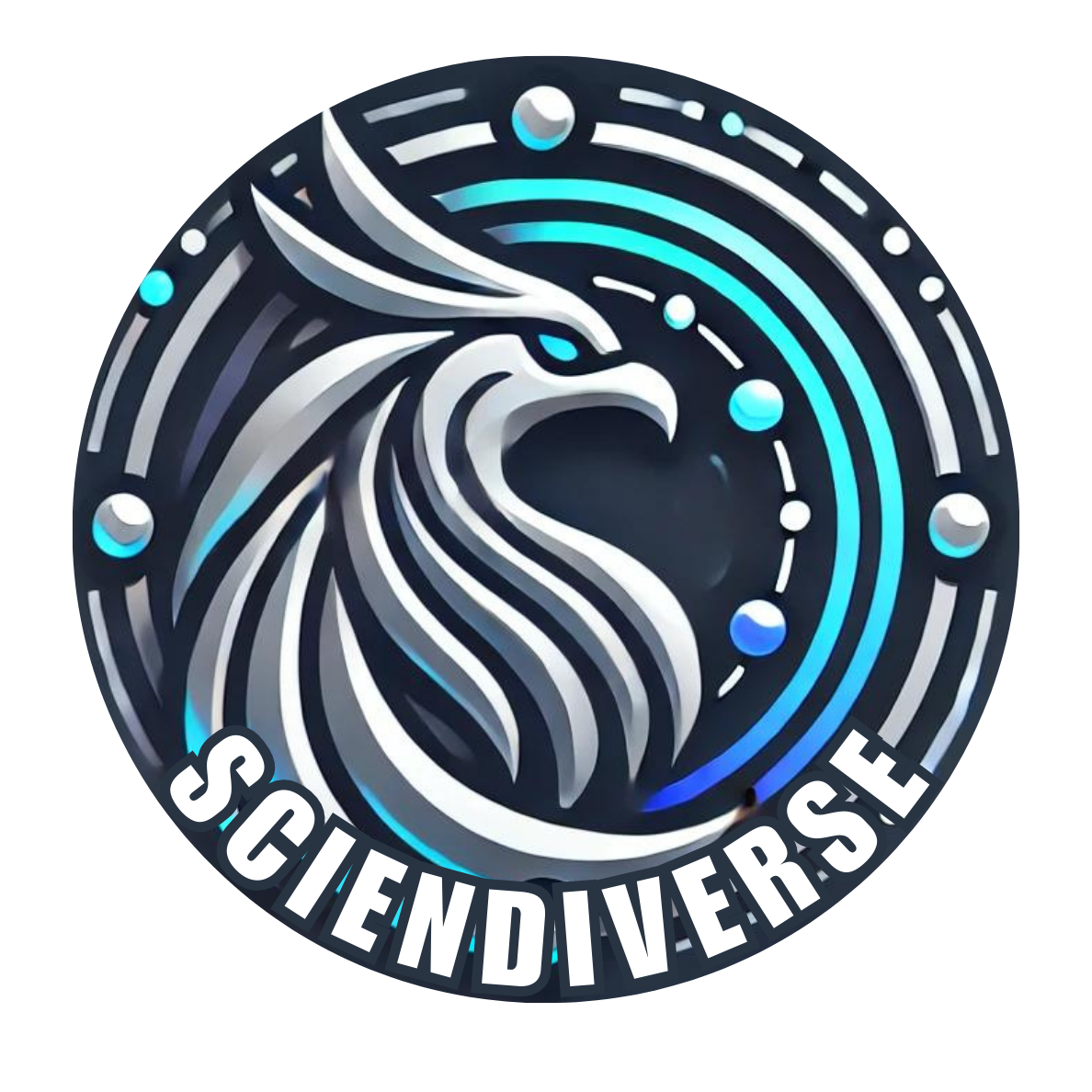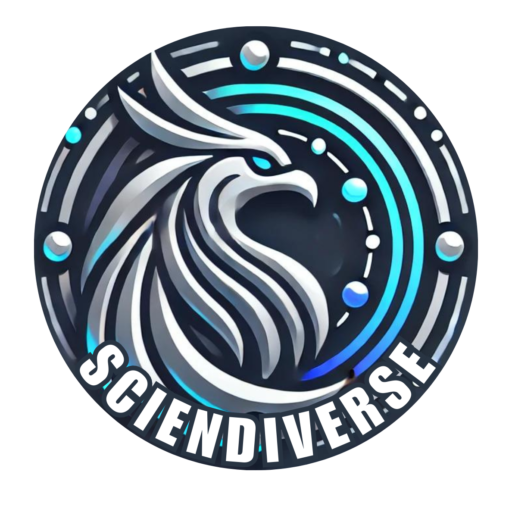Project & challange
get in touch with us
Project and Challenges in STEM is a transformative educational model designed to engage students in Science, Technology, Engineering, and Mathematics through immersive, research-oriented, and sustainable problem-solving activities that emphasize innovation, collaboration, and practical application in real-world contexts.

community
questions
What are the most impactful ways you’ve integrated real-world challenges into STEM projects to enhance student engagement and problem-solving skills?
“One of the most impactful methods I’ve used is integrating project-based learning that aligns with current global challenges, such as climate change, sustainable technology, and healthcare innovations. For example, students work on designing eco-friendly prototypes, like solar-powered devices or biodegradable materials, which directly address sustainability concerns.
To deepen engagement, I’ve incorporated virtual labs where students can simulate experiments they wouldn’t normally have access to, like chemical reactions or physics experiments, allowing them to safely explore complex concepts. Additionally, remote guided practicals with industry experts have been a game-changer—students get live feedback and insights, bridging the gap between theory and practical, real-world applications.
These approaches not only make the projects relevant and inspiring but also help students develop critical thinking, teamwork, and adaptability skills essential for the STEM field.”
“An effective approach I’ve used involves community-driven projects where students identify and solve local issues using STEM principles. For instance, one group designed a water filtration system to address water quality concerns in a nearby community, applying chemistry and engineering concepts in a meaningful way.
We’ve also implemented research-based projects where students conduct small-scale studies on topics like renewable energy use in their area or analyze the impact of urbanization on local biodiversity. This hands-on research makes learning more relevant and helps students see the impact of their work in real terms.
Incorporating sustainability research has been key as well; students explore ways to reduce environmental footprints through projects like waste reduction initiatives or energy-saving devices, which fosters a sense of responsibility and urgency. By framing STEM learning around tangible, real-life issues, students not only gain technical skills but also a deeper motivation to contribute to their communities.”
One successful approach has been design challenges where students work in teams to develop solutions for pressing global issues, like designing affordable prosthetics for under-resourced areas or creating urban farming models to address food scarcity. These challenges encourage creativity, teamwork, and a real sense of purpose in their STEM learning.
Another effective method is using virtual and augmented reality labs to let students experiment with complex systems, like environmental ecosystems or cellular biology, which would be difficult to explore in a traditional classroom. These tools make abstract concepts more accessible and interactive, keeping students engaged.
Finally, cross-disciplinary projects have been highly impactful. By combining STEM with social sciences, for example, students examine the societal impacts of technology, like the ethics of AI or the role of renewable energy in economic development. This holistic approach helps them understand STEM in a broader context, making their learning both technically rigorous and socially relevant.”

